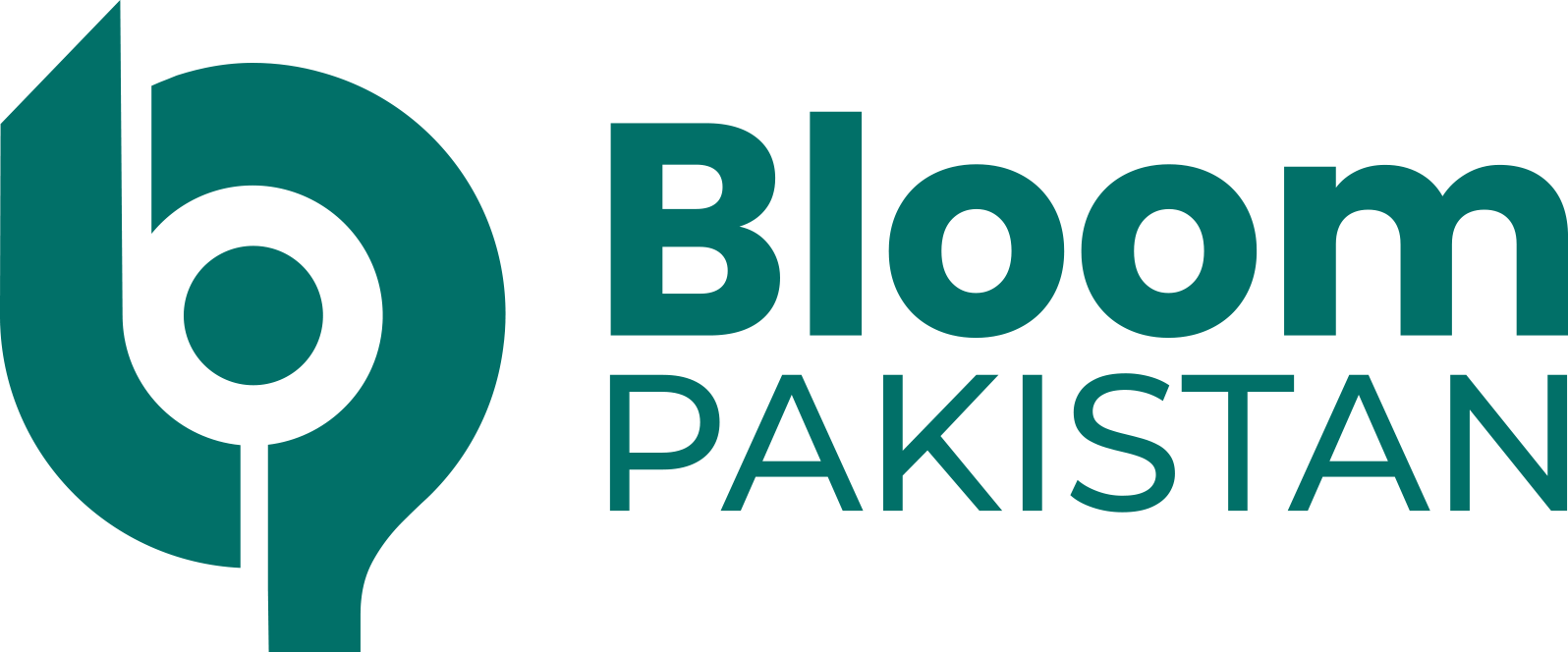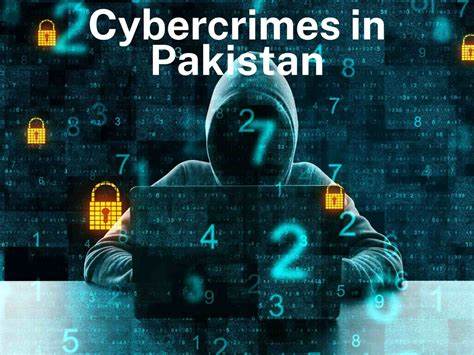Islamabad, Nov 19: A prominent cybersecurity company has reported a 63% rise in spyware attacks in Pakistan during the first ten months of 2024. At the recent Cyber Threat Intelligence Summit in Islamabad, Kaspersky provided an in-depth analysis of the growing cyber threat landscape globally, with a particular emphasis on Pakistan. According to data from Kaspersky’s Security Network, both financial malware and spyware attacks have increased, posing serious risks to the country’s digital infrastructure.
Ransomware continues to be one of the most significant threats. This type of malware locks or encrypts data, demanding payment for its release.
These attacks can severely disrupt operations and lead to data loss or inaccessibility. Kaspersky experts predict that ransomware-as-a-service will continue to expand throughout 2025.
Kaspersky’s statistics show that 13.7% of users in Pakistan were affected by web-based threats in the third quarter of 2024, including phishing and malicious websites that compromise user data.
Additionally, 18.7% of users encountered local threats spread via USB drives, CDs, and encrypted file installers, which bypass security measures and further jeopardize user systems.
The financial sector in Pakistan has experienced a sharp increase in cyber threats, with a 114% rise in banking and financial malware between January and October 2024 compared to the same period last year. These attacks target digital financial operations, posing significant risks to both personal and institutional financial security.
Kaspersky experts also observed a growing trend of financial cyber threats aimed at smartphones; a trend expected to persist into 2025.
There is also an increasing need to secure Industrial Control Systems (ICS), particularly those in critical infrastructure sectors such as energy, utilities, chemicals, metals, mining, and manufacturing. Kaspersky’s data indicates that 29.51% of ICS computers in Pakistan faced cyber threats in the third quarter of 2024. These included malicious scripts, phishing sites, spy trojans, backdoors, keyloggers, and targeted malware for AutoCAD systems.









